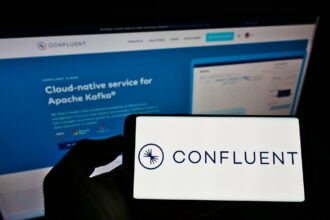From faster recovery times to significant cost-savings and guaranteed backup, the benefits of implementing cloud computing for both production and disaster recovery systems are worth deep consideration for any company running multiple, mission critical servers.
Below is a cheat sheet comparing the advantages and disadvantages of cloud computing and a traditional disaster recovery plan.
From faster recovery times to significant cost-savings and guaranteed backup, the benefits of implementing cloud computing for both production and disaster recovery systems are worth deep consideration for any company running multiple, mission critical servers.
Below is a cheat sheet comparing the advantages and disadvantages of cloud computing and a traditional disaster recovery plan.
General Problems with Traditional Backup & Recovery
- Highly error-prone, up to 40% failure rate
- High risk of hardware, software, patch or application incompatibilities
- Slow restore & recovery within physical environment
- Requires significant storage
Traditional Disaster Recovery
Tape Backup
- Cost-effective, but highly error-prone
- May take days or weeks to recover
- Complex, sequential recovery path
- Locate identical server
- Install operating system (OS)
- Update all OS patches to make production
- Install and configure all applications and patches
- Reload data
- Test and repeat above as errors suggest
Hot Site DR
- More than doubles the cost of the production environment
- Requires SAN/data replication between two sites for faster failover
- Within a traditional DR environment, it requires two fully replicated solutions
- The primary production center servers & applications must be replicated in the first and second data center on an ongoing basis.
Cloud Computing for Disaster Recovery
- Lower overall costs – fewer physical servers to duplicate and maintain.
- Faster recovery time objective (RTO), reducing recovery time from days or weeks to minutes or hours.
- Ensures the entire server environment – OS, applications, patches & data – is synchronized and backed up.
- Eliminates hardware dependencies – servers become hardware agnostic.
- Allows non-identical hardware for production and disaster recovery – use premium physical server for production and a smaller one for disaster recovery without risking incompatability.
- Eliminates tape backup, offsite tape backup and cold site DR
- Faster online backup.
- Hot site DR is more cost-effective
Online Tech recently hosted a webinar on the benefits of cloud computing, backup and IT disaster recovery with Mike Klein and Rod Mach of HiperLogic. View the slides, watch the video and/or read the transcript of the Cloud Computing and Disaster Recovery webinar for more details about how cloud computing changes disaster recovery.








